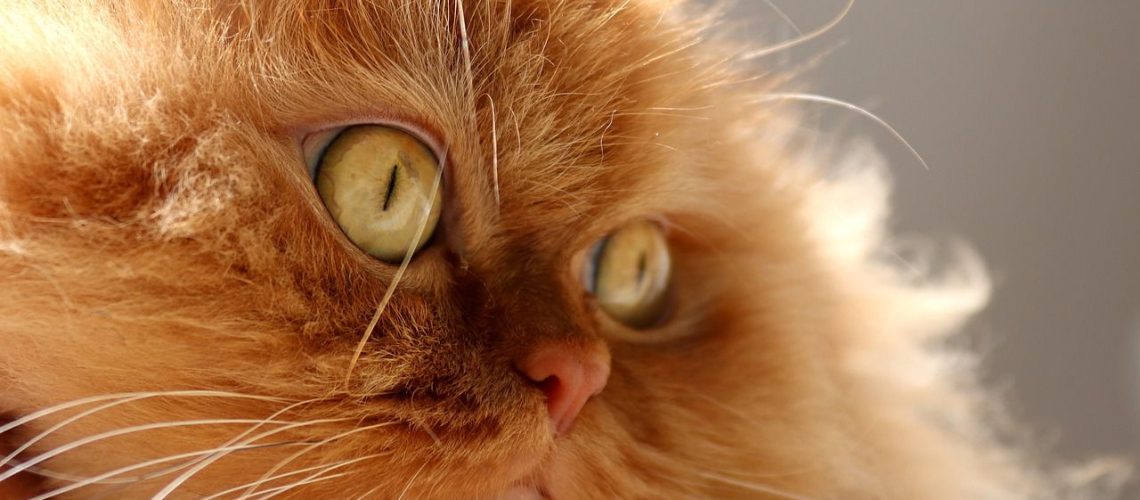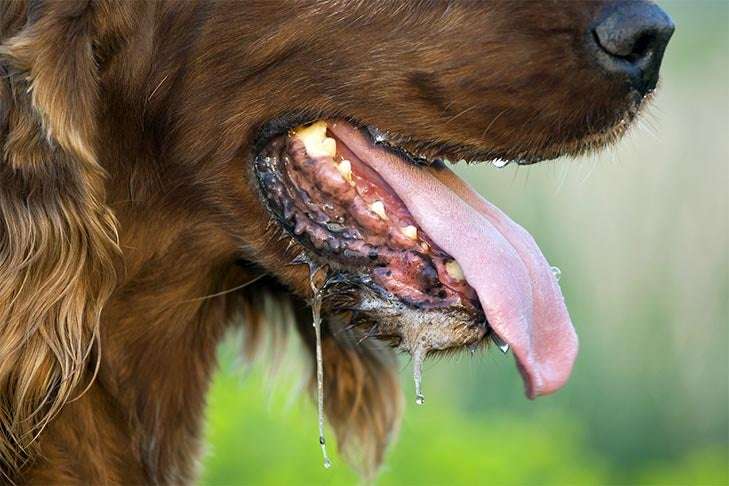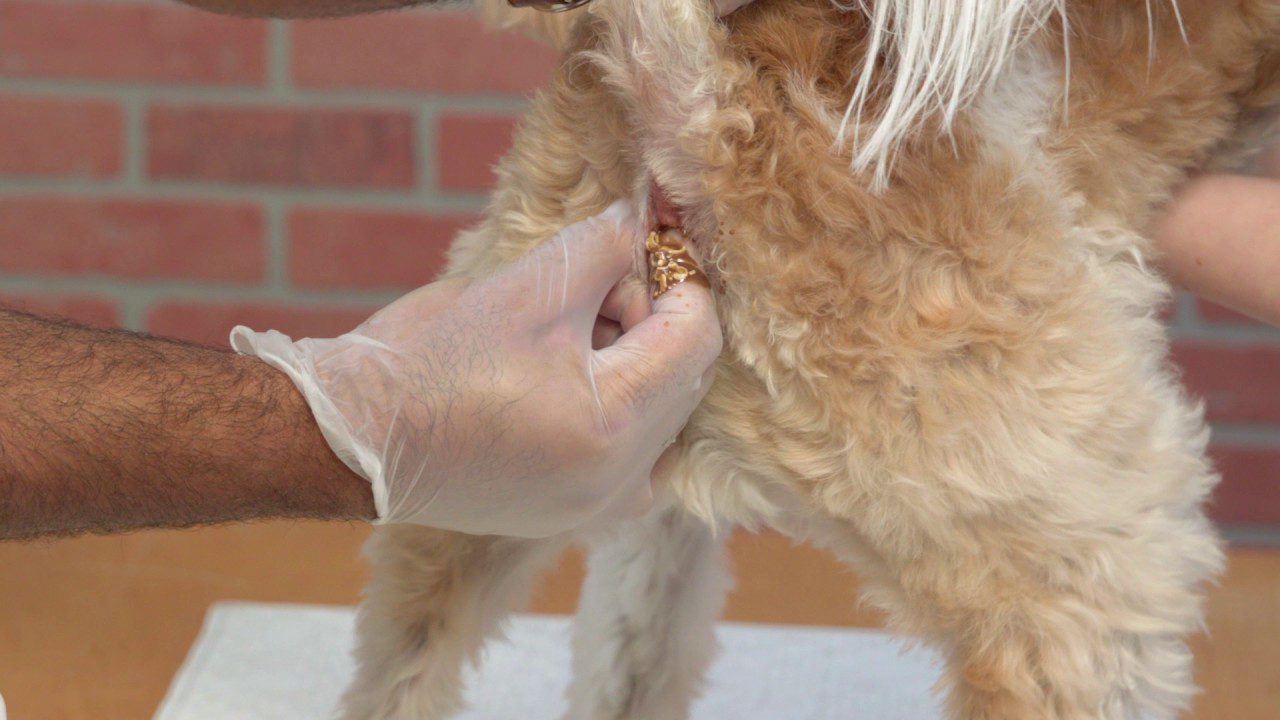Have you ever wondered if cats sweat? It's a question that may seem trivial, but delving into this subject can actually provide valuable insights into our feline friends. Understanding whether or not cats sweat can help us better care for them and ensure their well-being. So, let's dive right in and explore the fascinating world of cat perspiration! Get ready to uncover some surprising facts that will leave you amazed.
Key Takeaways:
- Cats do not have sweat glands all over their bodies like humans do.
- Instead of sweating, cats regulate their body temperature through panting and grooming.
- Cats have sweat glands on their paws, which helps them leave scent marks and cool down slightly.
- Perspiration in cats is minimal compared to other animals, making them more prone to heatstroke.
- If a cat is excessively panting or showing signs of overheating, it is important to provide them with a cool environment and access to fresh water.
Do Cats Sweat Like Humans? Exploring Feline Cooling Mechanisms
Understanding the Difference in Sweating between Cats and Humans
No, cats do not sweat like humans do. While humans have sweat glands all over their bodies that produce sweat to cool them down, cats have a different cooling mechanism. Cats primarily rely on panting to regulate their body temperature. When a cat pants, it rapidly breathes in and out, which helps release heat from its body.
Unlike humans, cats have sweat glands only on certain parts of their bodies. These sweat glands are located on their paws. When a cat's paws become sweaty, they leave behind moist paw prints as they walk or run. This is one way a cat can release some heat through evaporation.
The Role of Grooming in Cat Cooling
Grooming also plays an important role in helping cats cool down. Cats lick themselves to clean their fur, but this action also helps to cool their bodies. As saliva evaporates from their fur, it creates a cooling effect similar to sweating.
In addition to grooming, cats may seek out cooler spots in their environment when they feel too hot. They might lie on cool tiles or find shaded areas where the temperature is lower.
How Do Cats Cool Down Their Bodies When They Get Too Hot?
Panting: The Cat's Natural Cooling Mechanism
When cats get too hot, they rely heavily on panting as a natural cooling mechanism. Panting allows them to take in more oxygen and release excess heat through rapid breathing.
Cats also use other strategies to cool down when they feel overheated. They may stretch out and lie flat on a cool surface or find shade under trees or furniture. By reducing physical activity and seeking cooler areas, cats can help regulate their body temperature.
Seeking Cooler Spots and Using Their Paws
Cats are masters at finding cool spots in their surroundings. They may gravitate towards tiled floors, sinks, or bathtubs as these surfaces tend to be cooler than others. Cats also use their paws to cool down by sweating through the sweat glands located on them.
Another way cats cool themselves is by conserving energy during hot weather. They become less active and spend more time resting or sleeping in cooler areas of the house.
Signs That Indicate If a Cat Is Sweating: What to Look Out For
Visible Signs of Sweat on a Cat's Body
While cats don't sweat profusely like humans do, there are some visible signs that indicate they might be sweating. One such sign is moist paw prints left behind when they walk or run. These paw prints are a result of the sweat glands on their paws releasing moisture.
In addition to moist paw prints, you may notice damp fur around a cat's paws or under its armpits if it has been sweating. This can feel wet to the touch and appear darker than the surrounding fur.
Panting and Increased Water Consumption
If a cat is panting excessively, it could be a sign that it is trying to cool down through evaporation. Panting should not be confused with normal breathing after physical activity; excessive panting can indicate overheating.
Another sign that a cat may be sweating is increased water consumption. When cats sweat or pant excessively, they lose moisture from their bodies and need to replenish it by drinking more water than usual.
Where Are the Sweat Glands Located on a Cat's Body?
The Unique Location of Cat Sweat Glands
Cat sweat glands are located in specific areas of their bodies. Unlike humans, who have sweat glands all over their skin, cats have them only on their paws.
These sweat glands, known as eccrine sweat glands, are found in the paw pads of cats. When a cat's body temperature rises, these glands release small amounts of moisture through the skin on the paws.
List of Cat Body Parts with Sweat Glands:
- Paw pads
Cat Body Temperature Regulation: How Do They Stay Cool Without Sweating?
Panting and Evaporative Cooling
Panting is one of the primary ways cats regulate their body temperature. When they pant, they increase their breathing rate to release heat from their bodies through evaporation.
In addition to panting, cats also rely on other methods to stay cool without sweating. They find cooler spots in their environment, such as tiled floors or shaded areas, and stretch out to maximize contact with these surfaces.
Grooming and Licking Behavior
Grooming plays a crucial role in a cat's cooling strategy. Cats lick themselves to clean their fur, but this action also helps cool down their bodies. As saliva evaporates from their fur, it creates a cooling effect similar to sweating.
Furthermore, licking helps distribute natural oils produced by the cat's skin throughout its coat. This helps insulate against extreme temperatures and regulate body heat more effectively.
Cooling Strategies for Cats in Hot Weather: Beyond Sweating
Providing Adequate Water and Shade
One of the most important strategies for keeping cats cool in hot weather is ensuring they have access to fresh water at all times. Cats need to drink more water when it's hot to stay hydrated and regulate their body temperature.
Creating shaded areas both indoors and outdoors is also crucial. This can be achieved by setting up cat trees or providing access to cool, shaded rooms in the house. Outdoors, providing a covered patio or using sunshades can give cats a place to retreat from direct sunlight.
Avoiding Excessive Physical Activity
Cats should be encouraged to avoid excessive physical activity during hot weather. This means limiting playtime and encouraging rest in cooler areas of the home. Avoid taking cats for walks or engaging them in strenuous activities during the hottest parts of the day.
Cooling mats or pads can also be used as an additional cooling strategy. These mats are designed to stay cool without refrigeration and provide a comfortable surface for cats to lie on during hot weather.
The Dangers of Excessive Heat for Cats: Why Sweating Matters
The Importance of Monitoring Cat's Body Temperature
Excessive heat can pose serious risks to a cat's health. Cats are more susceptible than humans to heatstroke, which occurs when their body temperature rises dangerously high.
Monitoring a cat's body temperature is essential in preventing heat-related illnesses. Signs of overheating include excessive panting, drooling, lethargy, vomiting, and difficulty breathing. If these symptoms occur, it's crucial to take immediate steps to cool down the cat and seek veterinary attention if necessary.
List of Dangers Associated with Excessive Heat:
- Heatstroke
- Dehydration
- Organ damage
- Heat exhaustion
Knowing how to keep cats cool and recognizing signs of overheating can help ensure their well-being during hot weather.
In conclusion, cats do not sweat like humans do. They rely on other methods, such as panting and grooming, to cool down their bodies. So next time you see your cat panting or licking its fur, know that it's their way of staying cool!
Where does sweat come out of cats?
While you may not notice it, cats have a natural cooling mechanism. Unlike humans, who have sweat glands all over their bodies, cats only have sweat glands in certain hairless areas such as their paws, lips, chin, and the skin around their anus.
What happens when cats sweat?
Indeed, cats have sweat glands on their paw pads and, to a lesser extent, around their chin, which they use to regulate their body temperature. When a cat's body temperature increases, these glands produce a watery substance that evaporates and aids in cooling down the body. This process helps dissipate heat and maintain a comfortable temperature for the cat.
Do cats sweat out of their tongues?
During the summer, you might notice wet paw prints from your pets. However, as veterinarian Kimberly May explained to The Washington Post, these secretions from their paws, nose, mouth, or tongue are not for sweating. Instead, they serve to protect and moisturize their bodies and are not enough to cool their blood.
Do cats sweat through their ears?
The thin, large ears of a cat play a crucial role in cooling the blood flow through them. Unlike humans, cats do not have a significant number of eccrine sweat glands.
Do cats sweat smell?
If your cat has an unpleasant odor, it is not due to sweating. Cats do not have enough sweat glands to produce a noticeable smell. If your cat has an odor, it is likely caused by a different factor.
Do cats love their owners?
Cats have a deep affection for their humans, even if their expressions of love may seem peculiar at times. They develop strong connections with their owners and express their emotions in ways that are strikingly similar to humans. Similar to people, cats demonstrate their love through empathy and consideration for others.
















